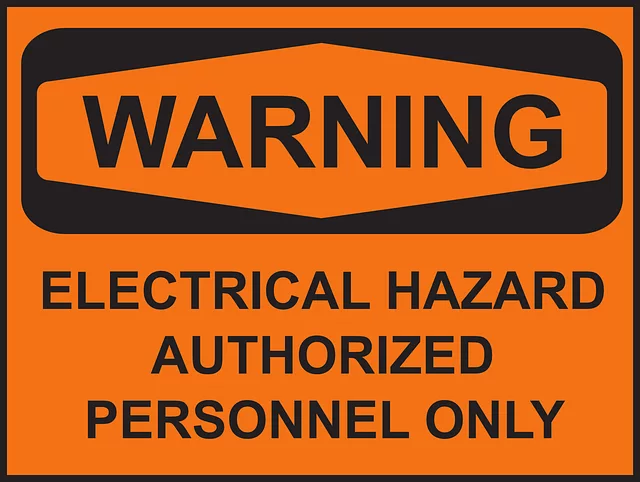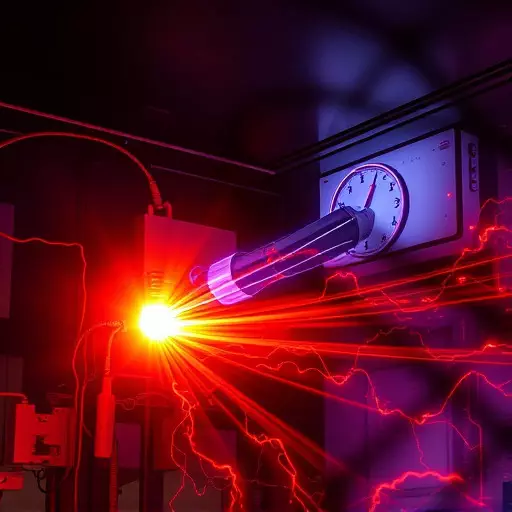Conducting a comprehensive arc flash hazard analysis is essential for prioritizing and reducing risks in industrial settings. This involves evaluating equipment design, maintenance, protective gear, and work procedures to identify potential arc flash hazards. Key strategies include de-energizing equipment, using insulated tools, providing training, and regularly reviewing analyses as workplace dynamics change. By focusing on electrical safety compliance through these measures, businesses can minimize downtime, injuries, and legal issues associated with arc flashes.
“Arc flashes pose significant risks in industrial settings, demanding a comprehensive approach to electrical safety. This article delves into essential best practices for managing arc flash hazards. We explore key strategies like conducting thorough Arc Flash Hazard Analyses and identifying potential risks through detailed assessments.
Learn about effective mitigation tactics, the importance of specialized PPE, and empowering employees through training. Additionally, discover why regular audits and continuous compliance are vital for minimizing arc flash risk and ensuring a safer work environment.”
- Understanding Arc Flash Hazard Analysis: Identifying Risks
- Conducting a Comprehensive Risk Assessment for Electrical Safety
- Implementing Effective Arc Flash Mitigation Strategies
- Essential Equipment and Personal Protective Equipment (PPE) for Arc Flash Safety
- Training and Education: Equipping Employees with Knowledge
- Ensuring Continuous Compliance and Regular Audits for Arc Flash Risk Reduction
Understanding Arc Flash Hazard Analysis: Identifying Risks
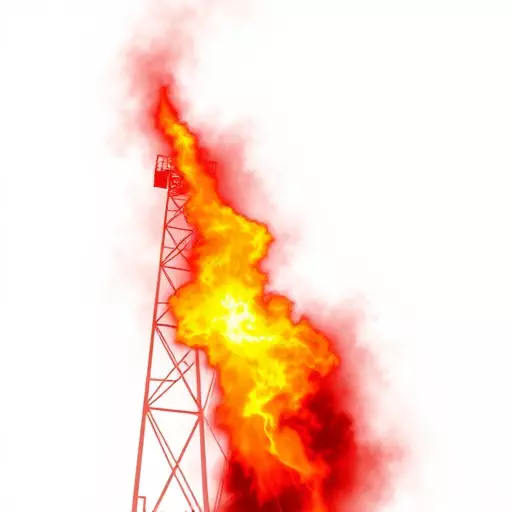
Arc flash hazard analysis is a critical component of ensuring electrical safety in any workplace. It involves identifying and assessing risks associated with arc flashes, which are powerful, sudden releases of energy that can cause severe injuries or even fatalities. By conducting thorough risk assessments, employers can pinpoint areas where the potential for an arc flash exists and implement appropriate control measures to minimize these hazards. This process includes evaluating factors such as equipment design, maintenance practices, personal protective equipment (PPE), and work procedures to achieve optimal electrical safety compliance.
Effective arc flash risk reduction strategies start with a comprehensive understanding of the tasks performed in hazardous areas. By identifying tasks that could trigger an arc flash, such as maintenance or repair work near high-voltage systems, employers can implement targeted precautions. This may include de-energizing equipment when not in use, using insulated tools and equipment, providing adequate training for personnel, and ensuring proper labeling of potential hazards. Regular reviews and updates to the hazard analysis are also crucial, as workplace conditions and tasks can evolve over time, requiring adjustments to safety protocols.
Conducting a Comprehensive Risk Assessment for Electrical Safety
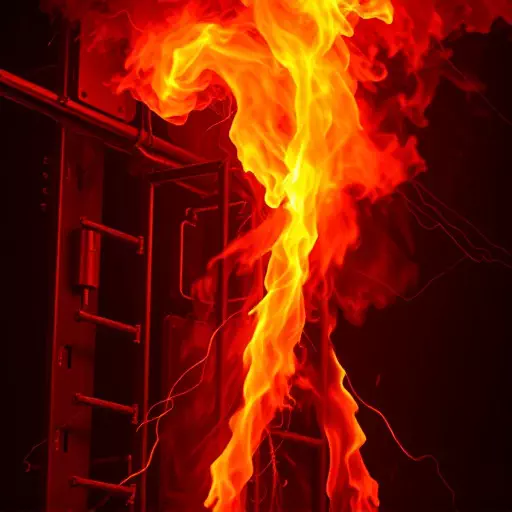
Conducting a comprehensive risk assessment is a crucial step in ensuring electrical safety and minimizing arc flash hazards within any industrial environment. This process involves meticulously examining every aspect of an electrical system, from equipment and wiring to maintenance practices and personal protective equipment (PPE). By identifying potential sources of arcing and evaluating the associated risks, businesses can implement targeted strategies for arc flash risk reduction.
A thorough arc flash hazard analysis should consider factors such as voltage, current, power factor, and the proximity of personnel to electrical gear. It involves assessing the likelihood and potential consequences of an arc flash event, enabling employers to make informed decisions regarding electrical safety compliance. This proactive approach not only protects workers but also helps organizations avoid costly downtime, injuries, and legal liabilities associated with arc flash incidents.
Implementing Effective Arc Flash Mitigation Strategies
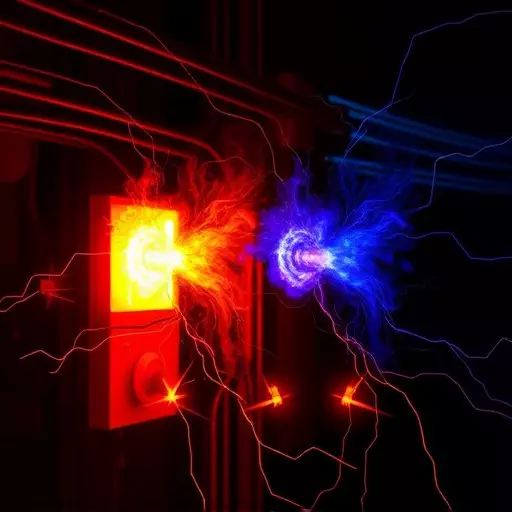
Implementing effective arc flash mitigation strategies is paramount in safeguarding personnel and equipment from this severe hazard. It begins with a thorough arc flash hazard analysis, identifying potential risks within your electrical system. This involves assessing equipment ratings, component age, and the proximity of personnel to live parts during maintenance or operational activities. Once identified, implementing risk reduction measures such as proper labeling, de-energization procedures, and Personal Protective Equipment (PPE) becomes crucial for electrical safety compliance.
Arc flash risk reduction strategies encompass a range of practical solutions, from uprating protective devices to installing effective grounding systems and arc detection devices. These measures ensure that if an arc flash occurs, its energy is safely contained or dissipated, minimizing the potential for severe injuries or damage. Regularly reviewing and updating these strategies based on changes in your facility or equipment is essential to maintain a safe working environment.
Essential Equipment and Personal Protective Equipment (PPE) for Arc Flash Safety
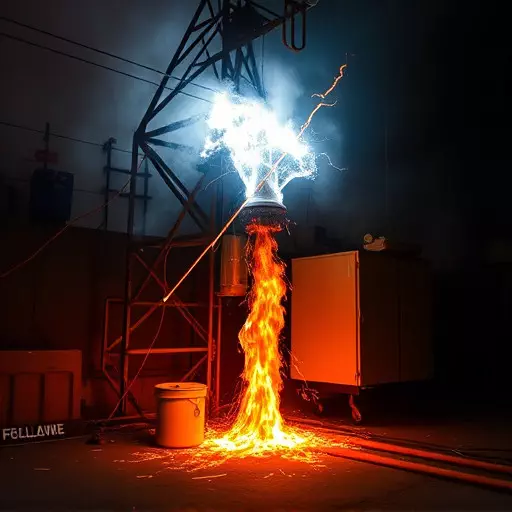
When it comes to mitigating the risks associated with arc flash hazards, proper equipment and personal protective equipment (PPE) are paramount. A crucial first step is conducting a detailed arc flash hazard analysis to identify potential risks and determine the appropriate safety measures required for each work area. This involves assessing electrical systems, components, and the likelihood of an arc flash event. Based on this analysis, implementing strategies for arc flash risk reduction becomes more targeted and effective.
To ensure electrical safety compliance, workers should be equipped with specialized PPE designed to protect against high-intensity light, heat, and electric arcs. This includes high-visibility clothing, insulated gloves, and protective eyewear that meets industry standards. Additionally, grounding and bonding systems should be in place to divert any stray electrical current away from workers. Regular maintenance and inspections of this equipment are also essential to guarantee their integrity and functionality during critical operations.
Training and Education: Equipping Employees with Knowledge

Training and Education play a pivotal role in enhancing electrical safety within any industrial setting. By equipping employees with comprehensive knowledge about arc flash hazards, organizations can significantly reduce risks associated with potential arc flash events. A thorough understanding of arc flash risk reduction strategies is essential for every worker to ensure their well-being and maintain electrical system integrity.
Regular training sessions should cover the fundamentals of arc flash hazard analysis, enabling employees to identify potential risks in their respective work areas. This includes learning how to interpret labels and signs indicating hazardous voltage levels, as well as recognizing personal protective equipment (PPE) requirements for different tasks. Through education, workers become proactive in maintaining electrical safety compliance, fostering a culture where everyone takes responsibility for preventing arc flash incidents.
Ensuring Continuous Compliance and Regular Audits for Arc Flash Risk Reduction
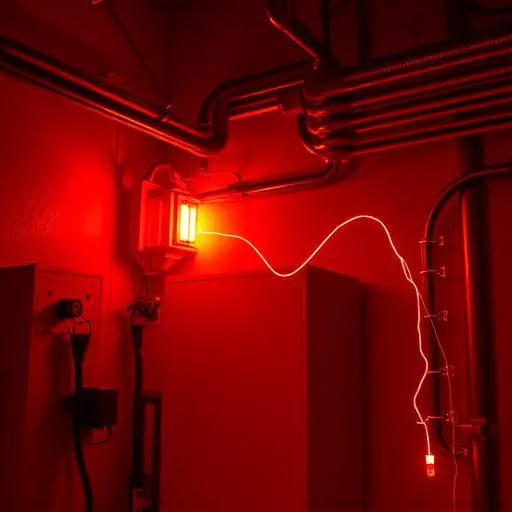
Ensuring continuous compliance with arc flash safety standards is paramount in any industrial setting. Regular audits are a powerful tool for identifying potential risks and implementing effective risk reduction strategies. These audits should encompass a comprehensive arc flash hazard analysis, examining equipment, processes, and personal protective equipment (PPE). By adhering to this rigorous approach, facilities can maintain electrical safety compliance and mitigate the dangers associated with arc flashes.
During these audits, it’s crucial to involve qualified personnel who understand the intricacies of arc flash risk reduction. They should assess work practices, verify proper labeling, and confirm that safety protocols are not only in place but also rigorously followed. This ongoing process ensures that any changes in operations or equipment are evaluated, allowing for dynamic adjustments to safety measures, thereby creating a safer working environment.

